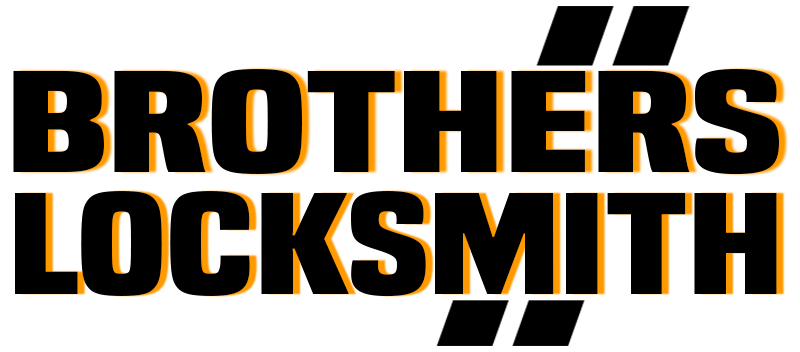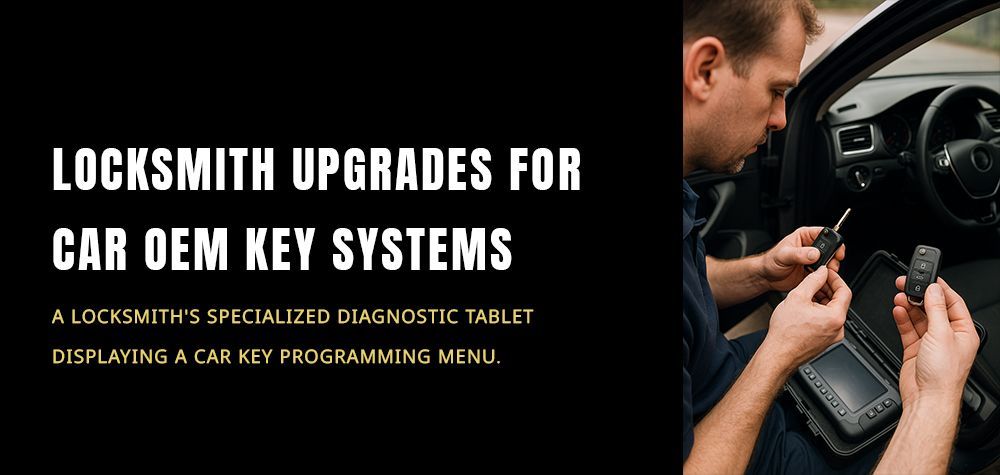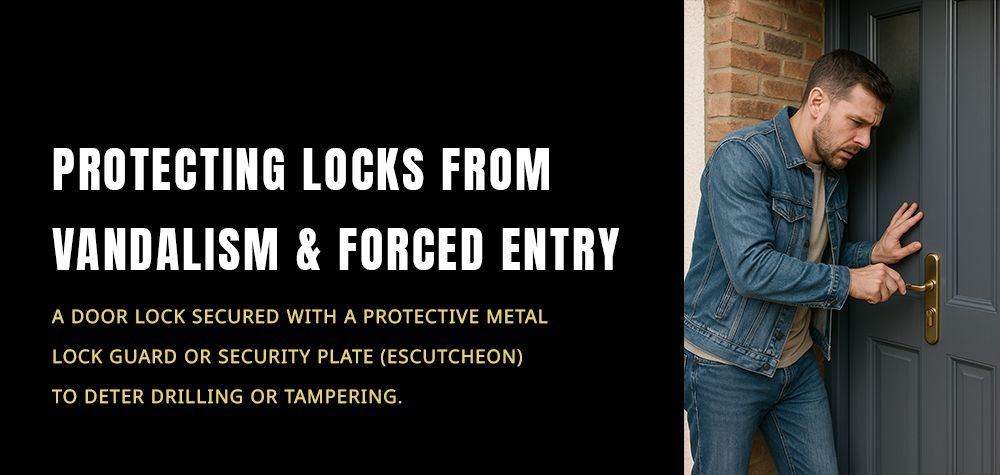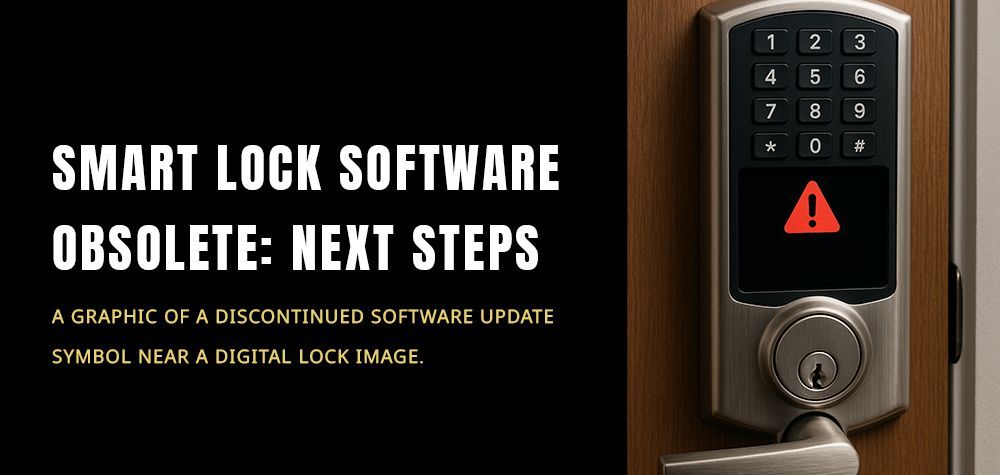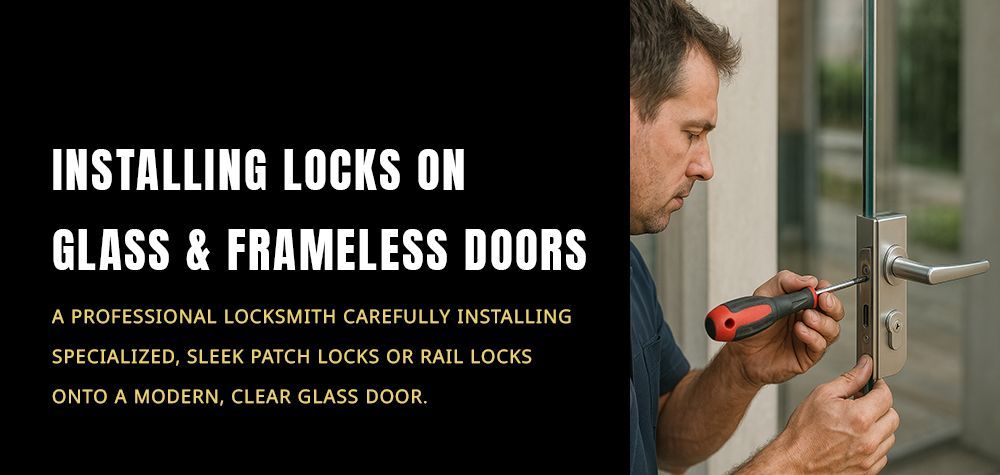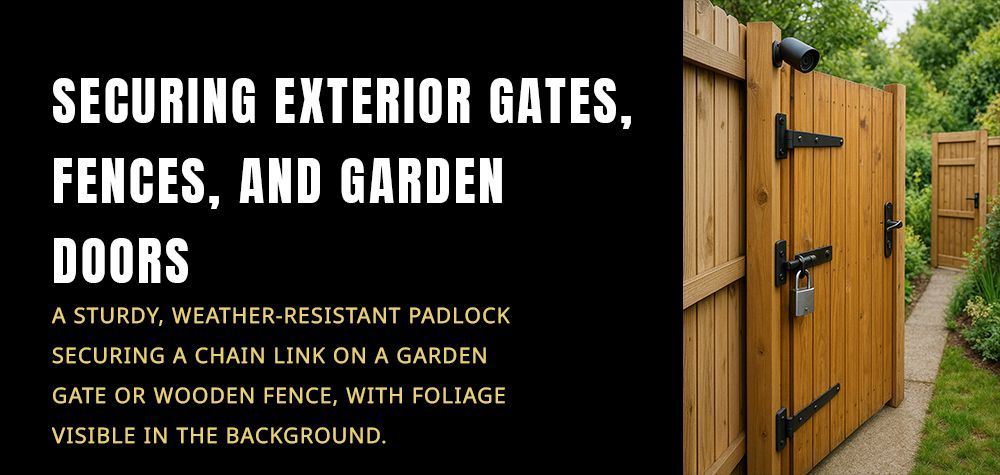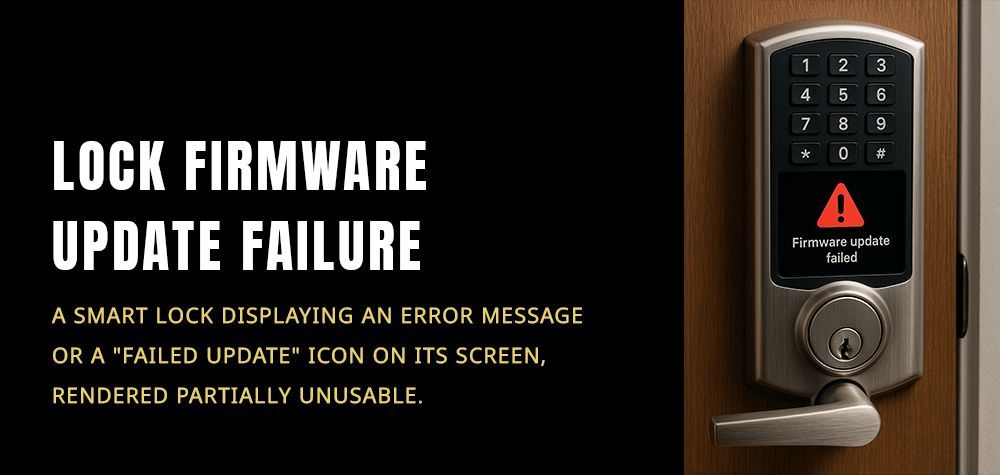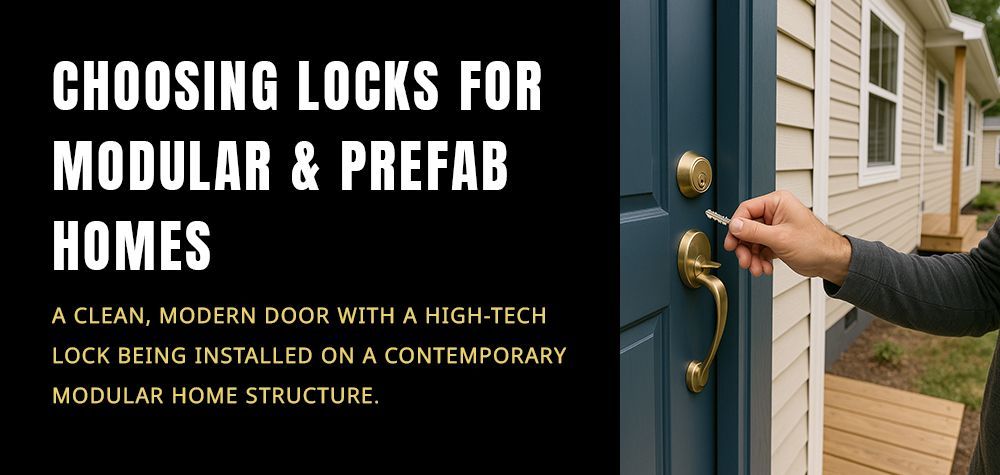The Hidden Dangers of “Smart Lock Fatigue” (When You Have Too Many Lock Systems)
Smart locks were supposed to simplify our lives—but somewhere between juggling apps, remembering temporary codes, updating firmware, and managing different lock brands, things got… complicated.
If you’ve ever stood outside your door scrolling through your phone thinking, “Wait… which app opens this lock?” — you’ve already tasted smart lock fatigue.
And it’s more common than people admit.
Smart lock fatigue happens when a home, apartment building, or workplace stacks multiple digital lock systems—each with its own app, code format, access rules, or quirks—until the security setup becomes more stressful than secure. It’s modern tech exhaustion… with actual safety risks.
Let’s unpack why this happens and how to fix it before it turns into a security disaster.
How to choose locks for modular or prefabricated homes
When Convenience Turns Into Confusion
Smart locks feel intuitive when you have one. But introduce a second brand in the hallway, a keypad system for the side entrance, a biometric lock for the office, and an app-based lock for the storage room—and suddenly you’re managing an ecosystem.
Each lock demands attention:
software updates, battery checks, app notifications, code resets, time schedules, access logs.
When you multiply that by 8–12 locks, your brain quietly hits burnout.
And burnout leads to shortcuts—dangerous ones.
How Smart Lock Fatigue Actually Becomes a Security Risk
1. People start avoiding the “secure” doors
When locks feel complicated, everyone gravitates to the easiest entrance—even if it’s the least secure.
Residents start propping doors open.
Employees tailgate through restricted areas.
Delivery staff learn your weakest point.
A complicated lock ecosystem invites human workarounds.
2. Too many apps = slower responses in emergencies
Imagine needing fast access during a fire alarm, or when your child is locked inside a room.
Now imagine scrolling through five apps with identical blue icons.
Seconds matter. App overload delays action.
3. Codes and credentials rarely get updated
The more systems you have, the harder it becomes to:
remove old codes
revoke access for ex-residents or ex-employees
update guest codes
rotate temporary access
So outdated access stays active long after it should have expired.
4. Battery neglect becomes inevitable
All digital locks rely on batteries.
But if you’re managing 10+ locks, checking all of them feels like a part-time job.
People stop checking.
Batteries die quietly.
And suddenly someone gets locked out—or worse, a door fails to lock.
5. System incompatibility creates blind spots
Every brand has its own dashboard. None of them speak to each other.
So you end up unable to see:
who unlocked which door
at what time
through which system
Information becomes scattered. That fragmentation creates gaps burglars exploit.
Why Oversmarting Your Home Is a Real Thing
We’re living in a time where people want app-controlled everything—lights, thermostats, fans, blinds, and now locks. But adding tech without strategy creates mental clutter disguised as “innovation.”
Smart lock fatigue hits hardest in:
- multi-unit apartments
- co-working spaces
- large homes with many external doors
- Airbnbs with guest turnover
- offices using mixed lock brands
In every case, the person managing access eventually loses track.
Not because they’re careless—but because too many smart systems become too much.
How to Tell If You Already Have Smart Lock Fatigue
You might be experiencing it if:
- you forget which lock uses which app
- someone asks for access and you dread figuring it out
- you delay firmware updates
- you rely on physical keys again “just in case”
- you stop checking access logs entirely
- your guests complain about “complicated entry instructions”
- you keep resetting the same lock because you forgot the credentials
If two or more of these are true, your lock system needs restructuring—not just maintenance.
Streamlining: The Cure for Digital Overwhelm
Unify Your System Under One Ecosystem
The easiest fix is choosing one smart lock ecosystem and migrating gradually:
- All locks under the same app
- One dashboard
- One battery type
- One centralized access log
- It reduces mental load instantly.
Create One Master Access Hub
For homes or businesses with many locks, a locksmith can:
- Integrate all locks into one access interface
- set unified time schedules
- connect them to the same Wi-Fi/Bluetooth mesh
- automate battery-status alerts
- create master and sub-access levels
You get control without juggling apps.
Avoid Overloading Every Door With Tech
Just because you can install a smart lock everywhere doesn’t mean you should.
High-traffic doors need smart locks.
Low-use or secondary doors often don’t.
A good balance strikes a balance between reduced maintenance and tight security.
Add a Physical Backup—But With Rules
Smart lock fatigue often leads people back to physical keys.
That’s fine—but make sure the backup doesn’t become the main system.
Keep physical keys locked, inventoried, and only used for emergencies.
Let a Locksmith Audit the Setup
Most people don’t realize how overcomplicated their system has become until a locksmith points it out.
A professional can identify:
- redundant smart locks
- incompatible brands causing friction
- risky entry points
- outdated digital access
- better placement for locks
- opportunities to merge systems
Sometimes you don’t need more security—you need smarter, simpler security.
Why Oversimplification Is Safer Than Overautomation
Smart security should feel light. Effortless. Invisible.
The moment it starts feeling like admin work, you lose the core purpose: safety.
When systems overwhelm users, safety weakens.
A well-designed lock ecosystem is not the one with the most gadgets—it’s the one you can actually manage on a tired weekday, at 2 AM, with low battery, in the rain, holding groceries.
If it works in that moment, it’s the right system.
How to set up temporary locks after a break-in
Final Thoughts
Smart lock fatigue is real. And it’s a growing problem as devices evolve faster than the humans using them. Too many lock systems create confusion, delays, blind spots, and vulnerabilities—exactly the opposite of what “smart security” is supposed to deliver.
The goal isn’t to have the most advanced system.
The goal is to have a system that keeps you safe without exhausting you.
With the right consolidation, smart planning, and occasional guidance from a locksmith, you can transform a chaotic network of locks into a streamlined, secure, stress-free setup.
When your security feels simple, that’s when it’s truly smart.
Call Us Any Time!

